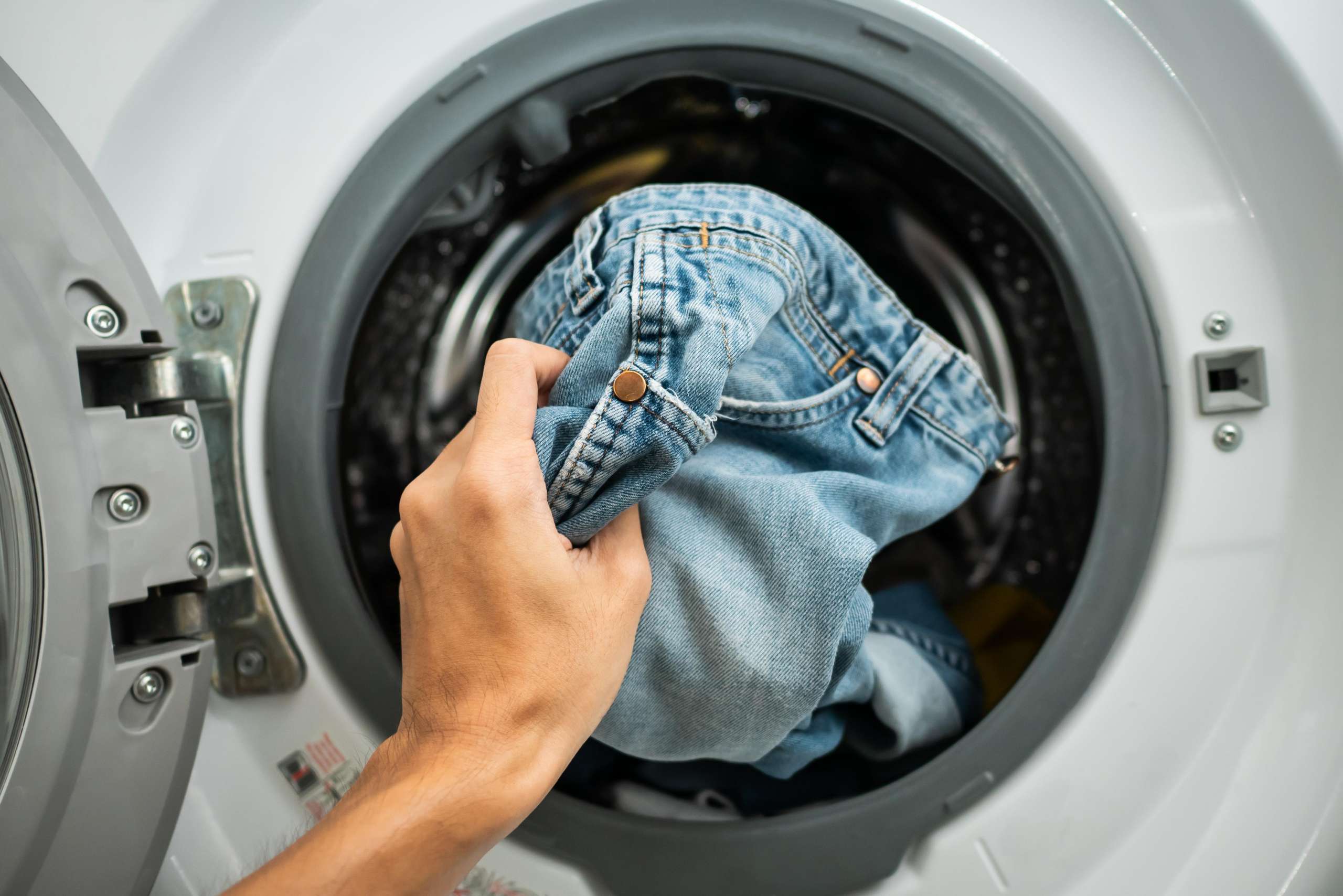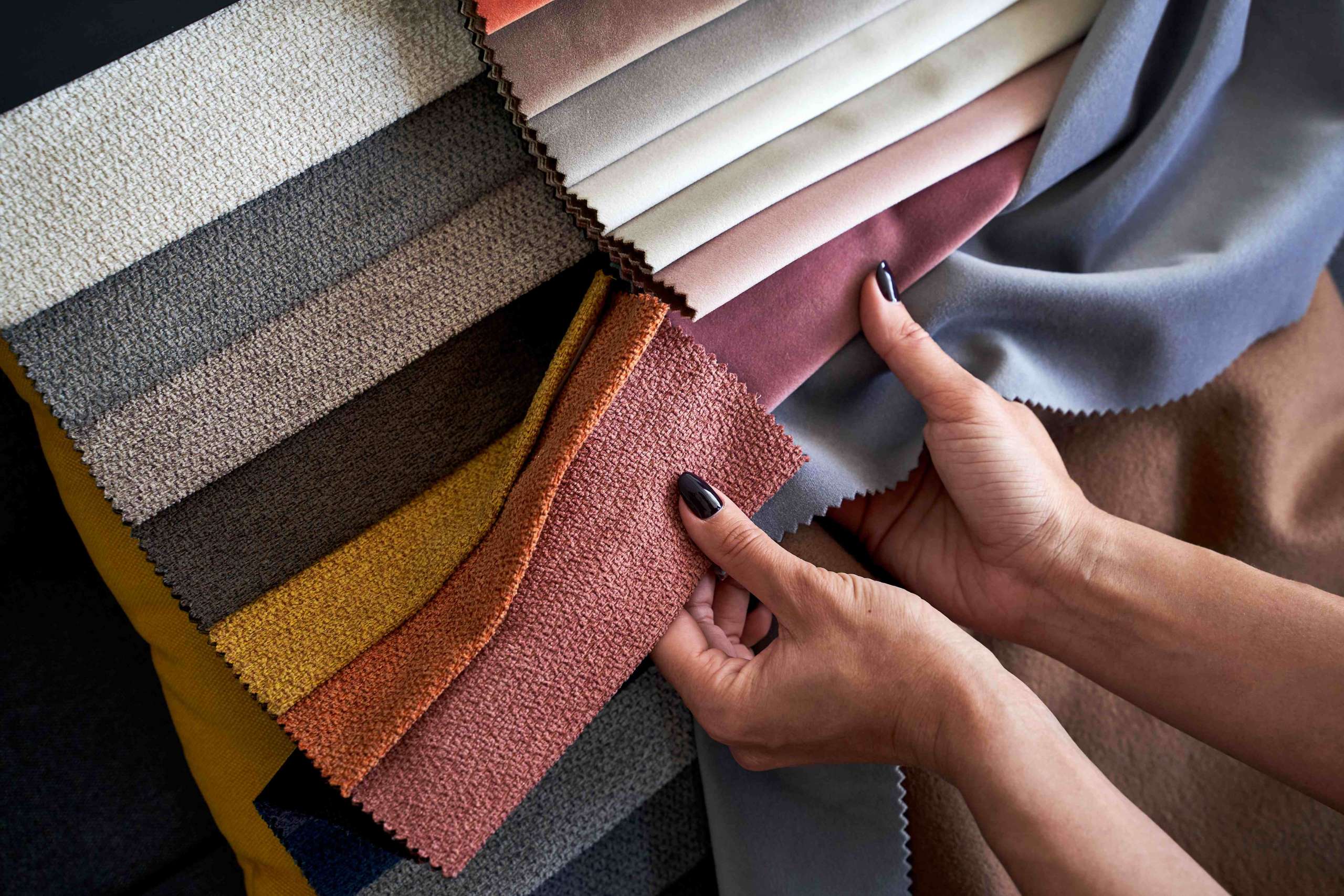5 Characteristics Of Knitted Microfiber Fabric

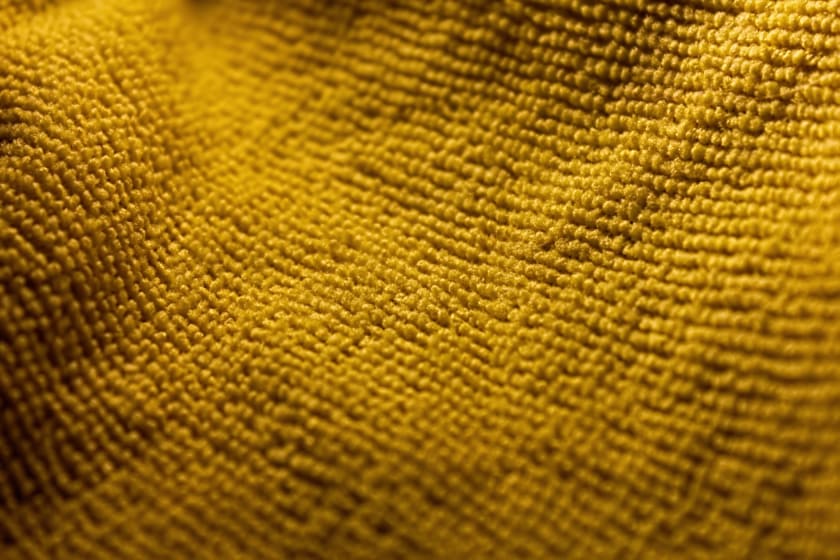

The fashion industry is an amalgamation of various styles, colors, and fabric types. With the increasing demand for comfortable clothing and a stylish look, the modern fabric-making sector has evolved a lot over the years.
With practically hundreds of types of fibers to choose from and various apparel options to manufacture, clothing manufacturers and fashion experts have been highly occupied over the years in providing the most suitable and affordable clothing options to their consumers.
As the fashion industry is worth $3 trillion now, it’s not difficult anymore for manufacturers to cater to the growing needs of consumers globally.
Expecting new types of fabrics and improvising the existing ones isn’t that hard to imagine after all.
With the countless number and styles to select from, microfibers are the most discernible types of fabric that have impacted the fashion industry as a whole.
What is microfiber fabric?
Microfibers have found their way to the fashion industry's top over the last few years. Microfibers are why we have some of the best types of fashionable fabrics now.
While they seem familiar, microfibers have a lot of characteristics to them that make them extremely unique and preferable for manufacturers and consumers alike.
You might have already heard about the qualities of microfibers allowing you to use them for clothing, cleaning, and other purposes; microfibers are very diverse with plenty of uses.
Microfibers are synthetic fibers made from polyester and polyamide (or nylon).
These microfibers are made by splitting their components into thin strands and drying quickly. Polyester and polyamide, in this case, give the texture and density to the fabric, respectively, giving the material a soft, durable surface.
These fabrics can be used for a variety of purposes. Our towels, rainwear, sportswear, and most of the cleaning clothes at our homes are made from microfibers.
Fabric is prepared with the help of a variety of materials. Most importantly, the preparation of almost all fabrics is under two categories, knit and woven.
What are woven fabrics?
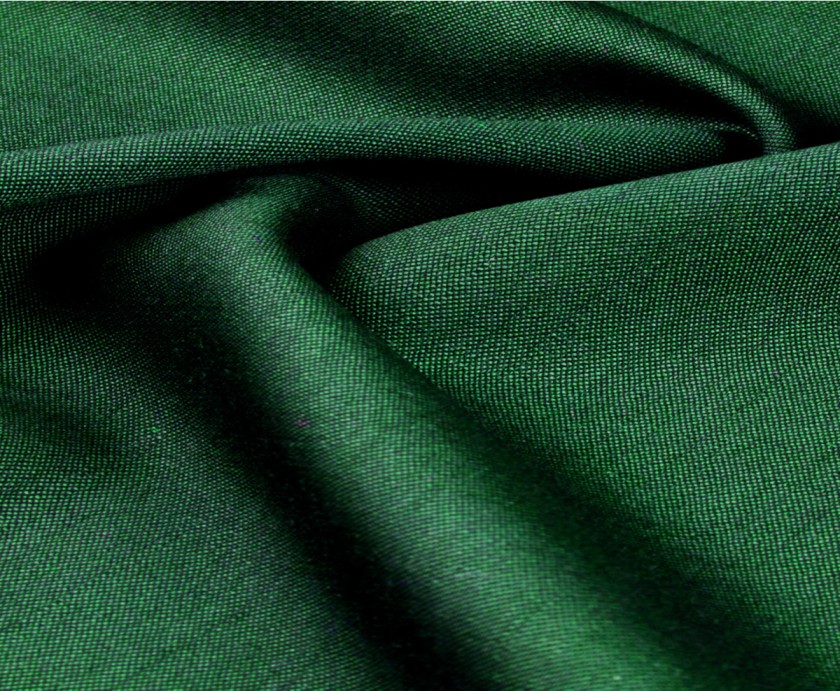
As the name suggests, woven fabrics are textiles created by weaving two sets of yarn together.
By its looks, woven fabrics have a checkerboard-ish texture, which isn’t hard to realize. The threads go under and over each other, giving it such a texture.
Woven fabrics have a:
- Warp - These are vertical yarns that create the length of the fabric.
- Weft - The horizontal yarns run through warps to make the fabric.
Warp and weft, together, determine the direction of the weave and add to the strength of the fabric.
Considered more durable, woven fabrics aren’t that stretchable, making them suitable for winters and cold seasons.
This is why they are commonly used for creating clothing like blazers, coats, sweaters, and more.
What are knit fabrics?
Made from long interconnecting and looping yarns, knitted fabrics are knitted either by hands or machines.
Knitted fabrics are usually stretchy, making them excellent for regular uses and even sportspeople.
Manufacturers use knit fabrics to create t-shirts and other types of clothes, ranging from sweatshirts to socks.
Knit fabrics are of two types:
- Weft knitting - In these fabrics, the loops run back and forth.
- Warp knitting - In these fabrics, the loops run up and down.
For industrial uses, knit fabrics are manufactured on large knitting machines that help manufacturers meet the growing demand.
Characteristics of knitted microfiber fabric
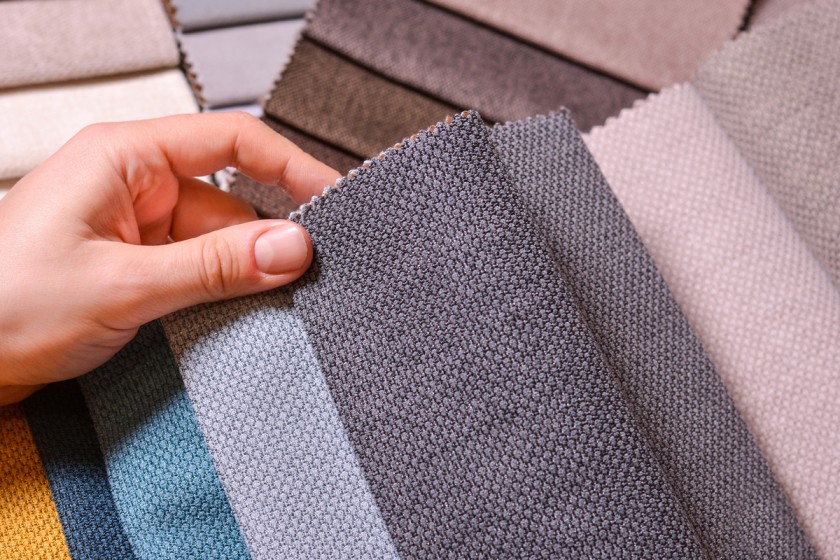
Identifying knitted fabric is easy since they have a set of very dominant and unique features, making them one of the most preferred types of fabric.
To identify knitted microfiber fabrics, there are a few characteristics to identify, that include:
1. Knitted microfiber fabrics have a great elasticity
Knitted fabrics are made up of elastic interconnected stitches. Elasticity is a unique trait found in all kinds of knitted fabrics.
Formed with a series of loops, knitted fabrics are thus stretchy and suitable for all types of clothes.
Knitted fabrics are made from continuous thread, giving them a great elasticity and the ability to be stretched in all directions.
This kind of elasticity is what makes knitted fabrics suitable for most purposes. Be it physical activities or everyday apparel, the elasticity of such fibers makes them a great fit for everyday use.
While these fibers have a unique elasticity, stretching them too could create runs in the fabric, making them baggy and increasing their size.
2. Knit fabrics require less care
Fabrics of all types require a different kind of care to keep them fresh for a long time.
However, keeping knit fabrics tidy and in shape doesn’t take much effort since they require significantly less care than most fabrics.
Washing knitted fabrics is usually done by hand and by machines in cold water. If the material is highly delicate, washing it with hands is more suitable than machines.
Another important thing is that since knitted fabrics weaken when wet, so you might want to refrain from washing them too frequently, or they might start developing wear and tear.
Knitted fabrics can get damaged under extreme heat and need to be kept away from dryers and let sunshine dry your clothes.
Woolen knits, on the other hand, require extra care than usual. Hard pass the machine completely, wash them with your hands and skip the dryer as well.
Talking about storing these clothes, it’s always advisable to use some mothballs, especially when storing them for a long time.
Knitted fabrics are of many types, and understanding how to take care of each fabric is essential for their long life expectancy.
3. Knitted fabrics come in every color
One of the unique things about knitted fabrics is that they can be made in various colors.
One of the most popular techniques of color implementation in almost all fabrics and clothes now is taken from ombre, allowing the blending of one color hue to another.
Creating colorful knitted microfiber fabric with advanced machines isn’t that difficult anymore.
How these colors are created is rather interesting.
While colors like black and white are discernible in the fashion industry, other colors exist as well. These colors are created by dying yarns to change color every few stitches, depending on the type of fabric made.
4. Knitted fabrics are comparatively cheaper to make
Manufacturing and processing knitted fabrics are easier as compared to woven fabrics.
This is because microfiber fibers are made by machines whose sole purpose is to break down and blend polyester and nylon to create fabrics thinner than human hair.
As machines in the fashion industry are improving, the production speed is improving as well, making it easier, and most importantly, cost-effective to create knitted microfiber fabrics.
Factors like less workforce and reduction of steps in the creation of knitted fabrics also bring the cost down, making it preferable for manufacturers and consumers.
5. Knitted fabrics are also wrinkle-resistant
One of the main characteristics of knitter microfiber fabric is that they are wrinkle-resistant and loved by clothing manufacturers worldwide.
Due to the elasticity of knitted fabrics, it’s also wrinkle-resistant.
This means that if you were to crumble this material, it would come back to its original shape almost instantly.
On the other hand, if you crumble a woven fabric, it will easily wrinkle when released.
This is why knitted fabrics are a popular clothing option for manufacturers and consumers alike.
Conclusion
Along with having the characteristics above, knitted microfiber fabrics are also very soft, easy to maintain (and easy to damage), and still challenging to sew.
Due to the stretchiness of these fabrics, they are difficult to sew, even by a machine. This often makes it challenging to stitch straight lines of this fabric.
Depending on what kind of clothing manufacturing you own, you can accordingly choose an ideal type of microfiber fabric.
The popularity of microfibers is growing eventually worldwide, making them ideal for all clothing manufacturers.
Not just apparel, but microfibers are also now suitable for garments and clothing such as sportswear, tailored suits, upholstery, and more.
Since the competition in the fashion industry is growing, choosing the right kinds of microfiber fabric is vital to provide precisely what your consumers want.
Whether you want to build your clothing site or improve your existing one, you can practically get started with Fashinza and start sourcing clothes on your own.
From helping you design your very own clothes to providing you adequate resources for helping you scale your brand, you can trust Fashinza with the same and grow your very own brand.















